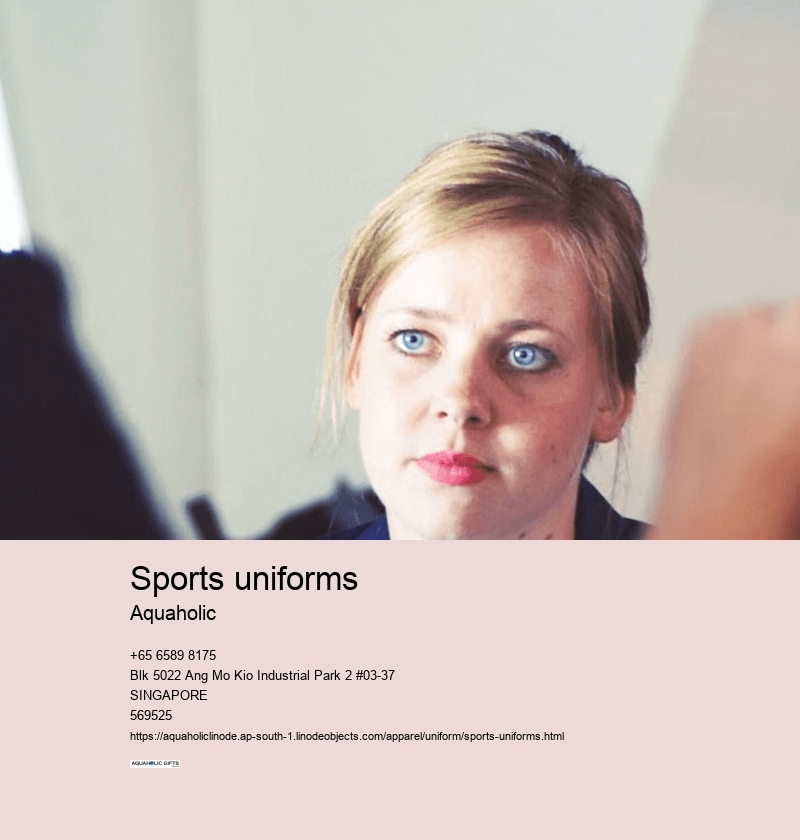sports uniforms
company uniform supplier
Placing your logo to the chest puts it in the center of the public's attention. The choice whispers the unspoken words of your brand’s tale. We must not forget our feet!
Let's explore the mysteries of picking the appropriate fabric that will work with a variety of professional settings and the weather conditions. Uniforms should be easy to clean and maintain without requiring special care.
Strive for harmony between the logo and uniform. Is it merely about names and titles, or is there a whole universe of options waiting to be explored?
Consider the climatic and environmental conditions where the uniform will be worn. Fabric is the ocean on which the vessel of your logo is sailing.



